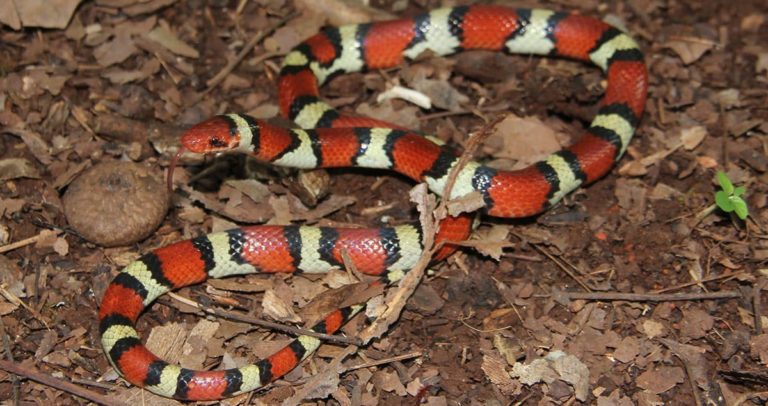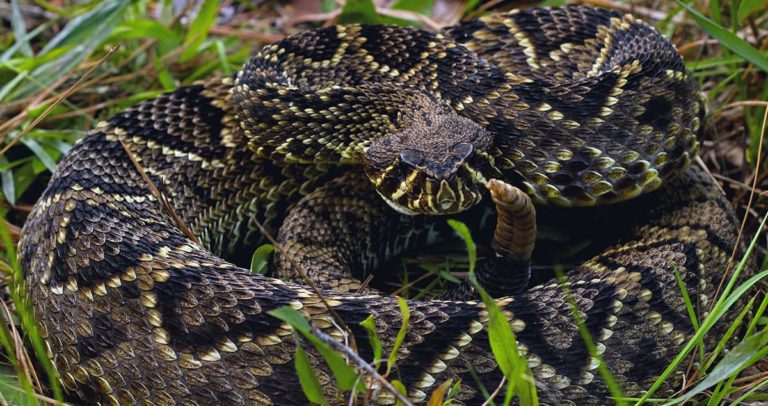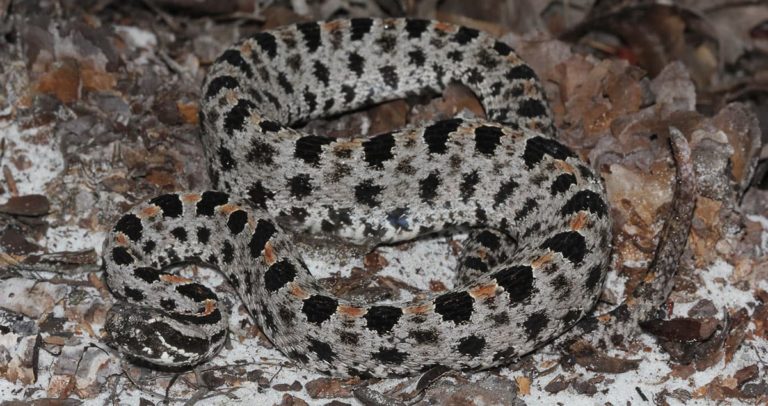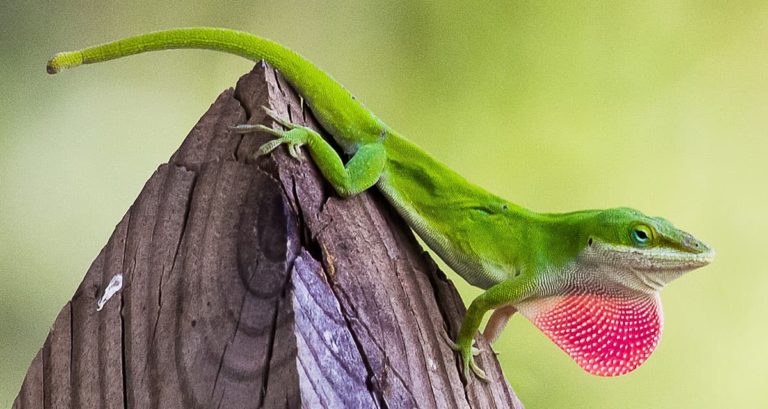Coral Snakes in Georgia: An In-Depth Look
Coral snakes are a venomous snake species found throughout the southeastern United States, including Georgia. The Eastern coral snake (Micrurus fulvius) is the only species of coral snake found in Georgia. In this comprehensive article, we will delve into the Eastern coral snake’s biology, behavior, and conservation efforts to better understand this fascinating reptile.
Appearance and Identification
Unique Coloration
The Eastern coral snake is easily recognized by its striking color pattern. The snake has a series of red, yellow (or white), and black bands that encircle its body. The red bands are bordered by the yellow bands, which in turn touch the black bands. This color pattern helps the coral snake stand out in its environment and serves as a warning to potential predators of its venomous bite. The phrase “red touch yellow, kill a fellow” is often used to remember the coral snake’s color pattern, as it differentiates the coral snake from non-venomous species with similar colors.
Size and Shape
Eastern coral snakes are relatively small compared to other venomous snakes found in Georgia. They typically measure between 18 to 30 inches in length, with some individuals growing up to 40 inches. Coral snakes have a slender body with a small head that is indistinguishable from their neck. Their eyes are small with round pupils, and their smooth scales give them a glossy appearance.
Habitat and Distribution
Preferred Habitats
Eastern coral snakes primarily inhabit pine and scrub oak sandhill habitats, longleaf pine forests, mixed hardwood-pine forests, and edges of cypress swamps. They prefer well-drained, sandy soils and can often be found in areas with abundant ground cover, such as logs, leaf litter, and vegetation.
Distribution in Georgia
In Georgia, Eastern coral snakes are primarily found in the Coastal Plain region, particularly in the southeastern part of the state. Their range extends northward, but their distribution becomes increasingly fragmented as they reach the Fall Line separating the Coastal Plain from the Piedmont region.
Behavior and Ecology
Feeding Habits
Eastern coral snakes are carnivorous and feed primarily on other small snakes, including venomous and non-venomous species. They also consume lizards, small mammals, birds, and amphibians. Coral snakes have a unique method of delivering venom to their prey, using small, fixed fangs in the front of their mouth to chew and inject venom.
Reproduction
Eastern coral snakes are oviparous, laying eggs instead of giving birth to live young. Mating typically occurs during the spring and summer months. Females lay 3 to 12 eggs in loose, sandy soil or leaf litter. After approximately two months, the eggs hatch, and the young snakes emerge. Baby coral snakes already possess potent venom at birth and are capable of delivering a venomous bite.
Defense Mechanisms
The Eastern coral snake’s primary defense mechanism is its distinctive coloration, which warns potential predators of its venomous nature. If threatened, the coral snake may coil its tail and elevate its head in a defensive posture. It may also hide its head under its body and display its tail, which has similar color bands, as a form of mimicry to deter predators.
Conservation
Eastern coral snakes are considered a species of least concern according to the IUCN Red List, but their populations have been affected by habitat loss and fragmentation, particularly in Georgia. Conservation efforts focus on protecting and restoring their preferred habitats, especially longleaf pine forests and sandhill ecosystems.
Venom and Human Interaction
Venom Composition and Effects
The venom of the Eastern coral snake is highly potent, containing neurotoxins that can cause paralysis, difficulty breathing, and even death if left untreated. Coral snake venom primarily affects the nervous system, leading to symptoms such as blurred vision, slurred speech, and muscle weakness. While bites from coral snakes are rare due to their reclusive nature and reluctance to bite, they should always be treated as a medical emergency.
Antivenom and Treatment
The antivenom for Eastern coral snake bites, known as Coral Snake Antivenin (Micrurus fulvius), is the most effective treatment for neutralizing the venom and preventing serious complications. It’s crucial to seek medical attention immediately following a coral snake bite to ensure the best possible outcome. Do not attempt to capture the snake, as this may increase the risk of additional bites. Instead, try to remember its color pattern to help medical professionals identify the species and administer the appropriate treatment.
Safety and Precautions
When exploring areas inhabited by Eastern coral snakes, it’s essential to take precautions to reduce the risk of encounters. Wear sturdy shoes and long pants, and be cautious when stepping over logs or moving through leaf litter. Avoid handling coral snakes or any snake that closely resembles their color pattern. In the case of an encounter, it’s important to give the snake plenty of space and allow it to move away on its own.
Final Thoughts
The Eastern coral snake is a fascinating and unique reptile found in Georgia, easily recognized by its striking coloration and venomous nature. Understanding the behavior, ecology, and habitat of this species is vital for promoting their conservation and ensuring human safety. By appreciating the Eastern coral snake’s role in the ecosystem and taking necessary precautions, we can coexist with this incredible species and protect Georgia’s biodiversity.







